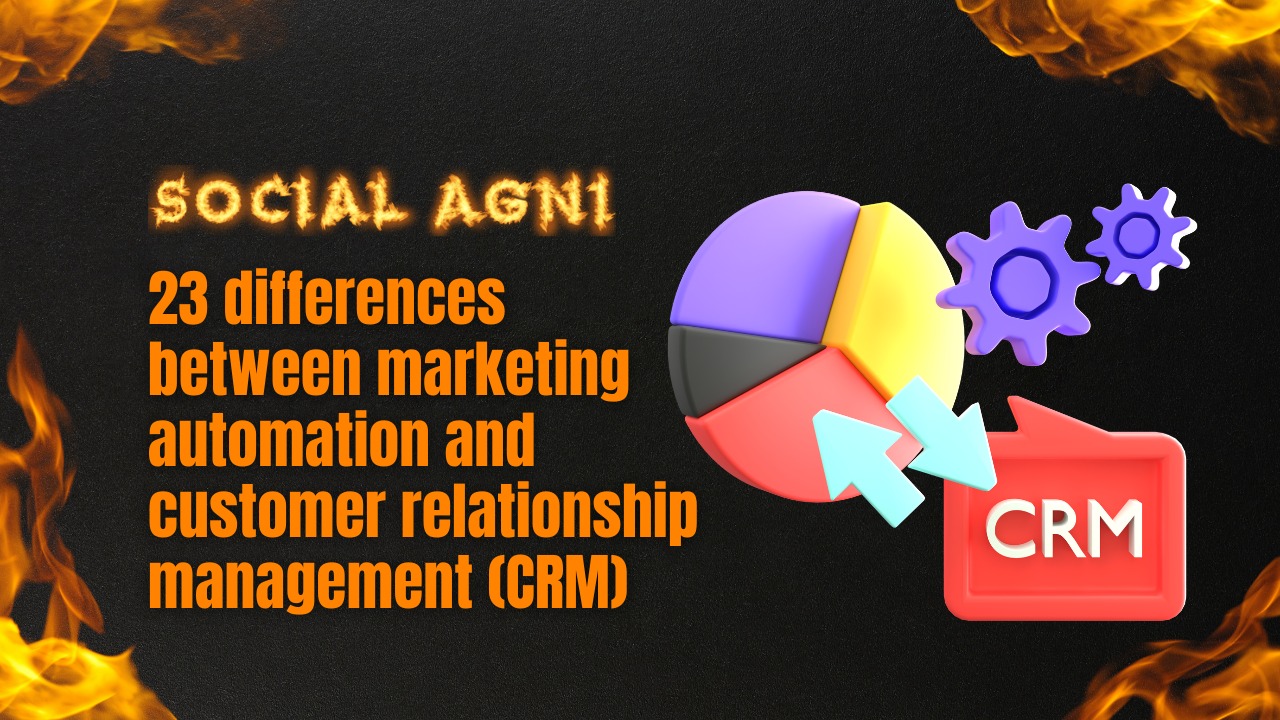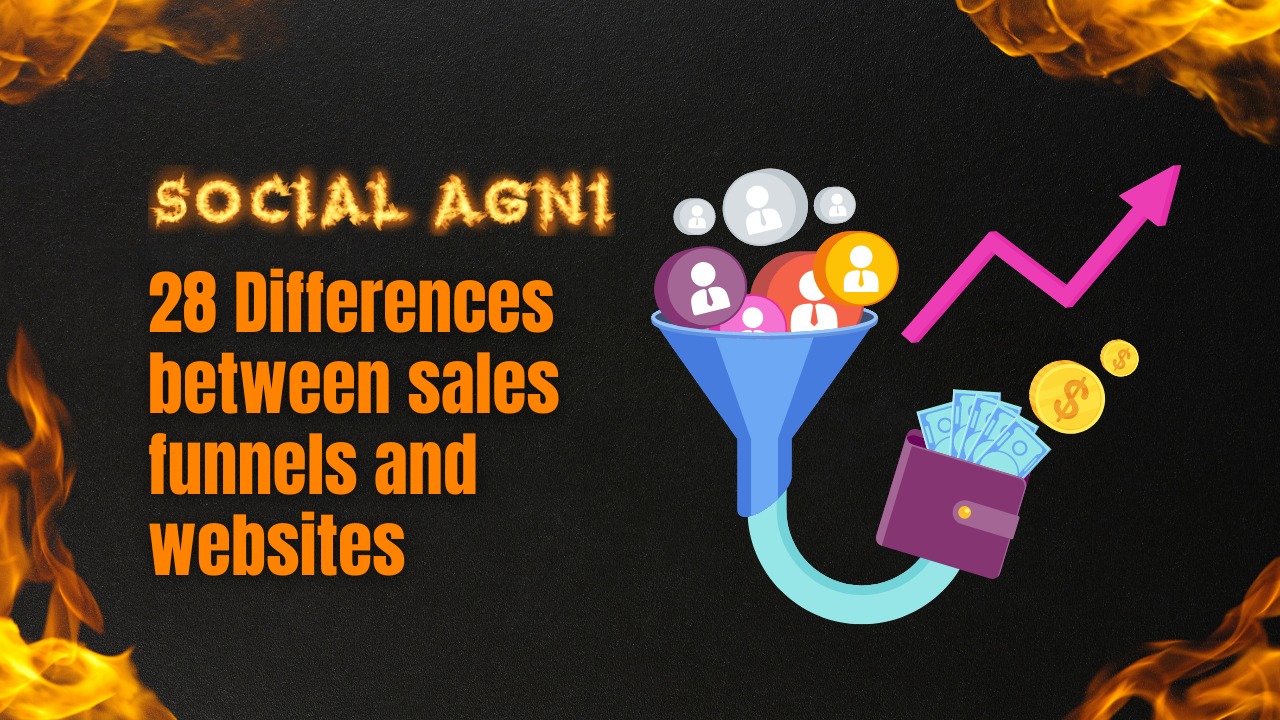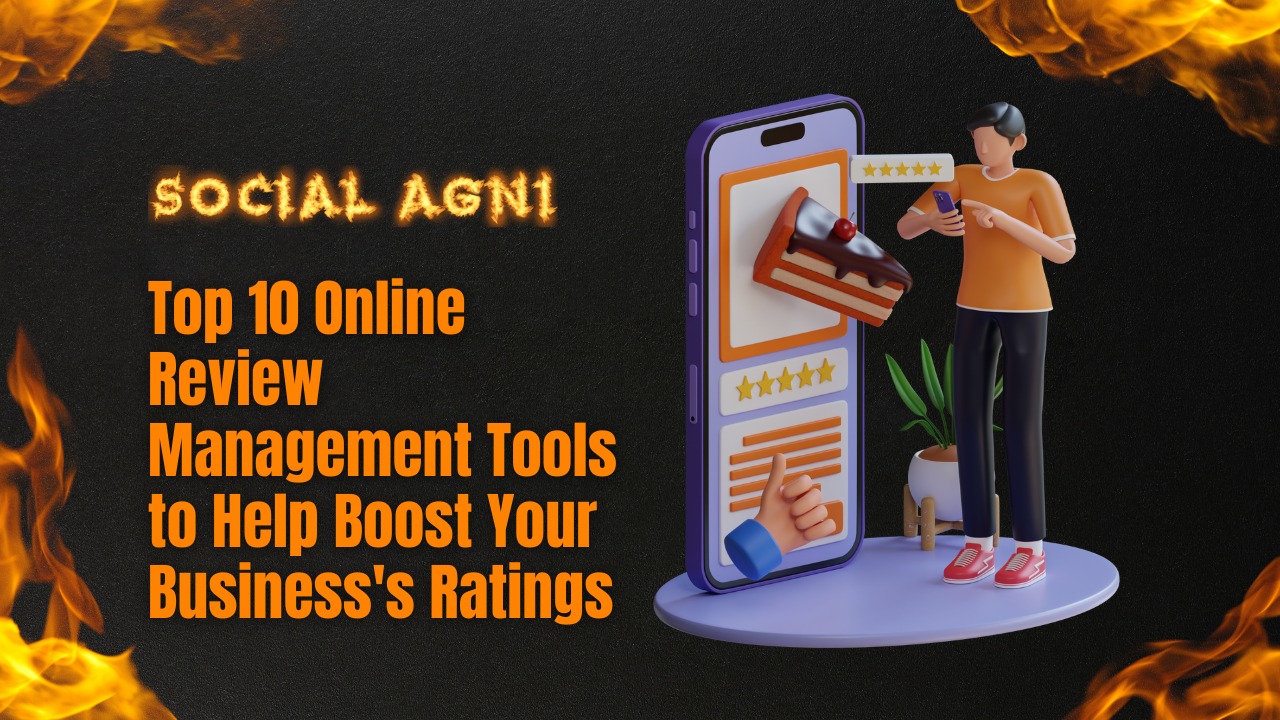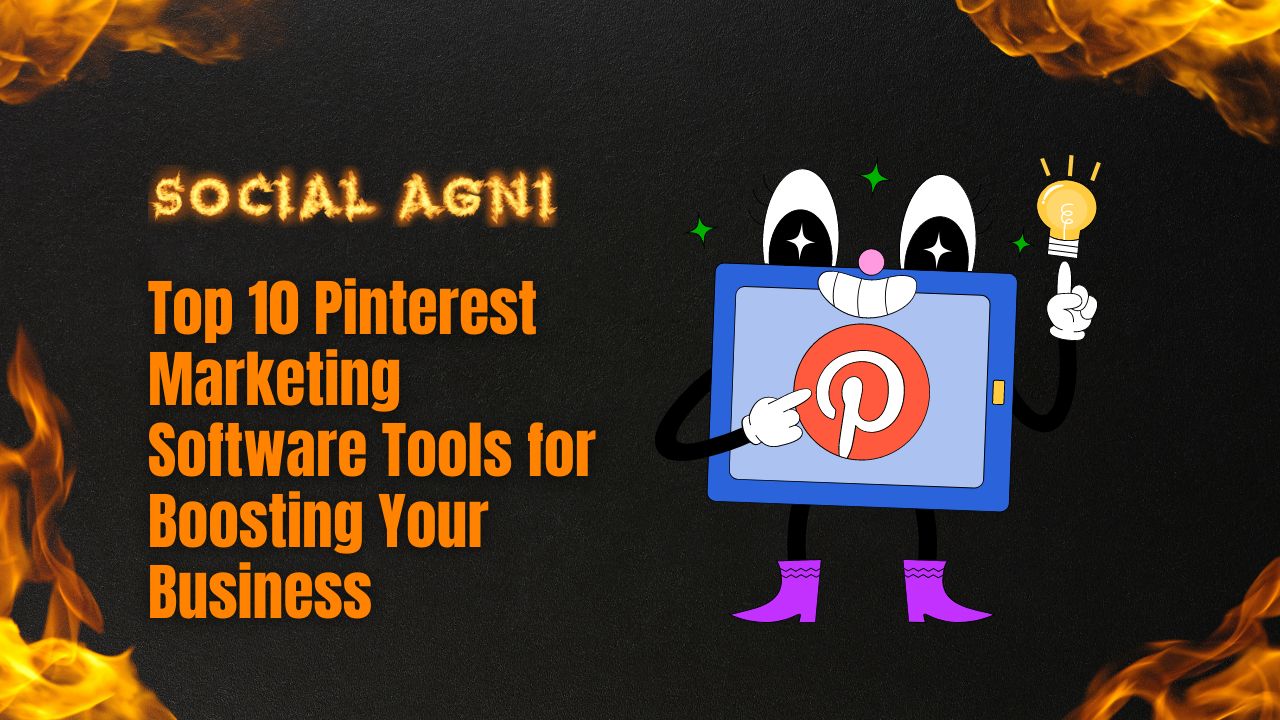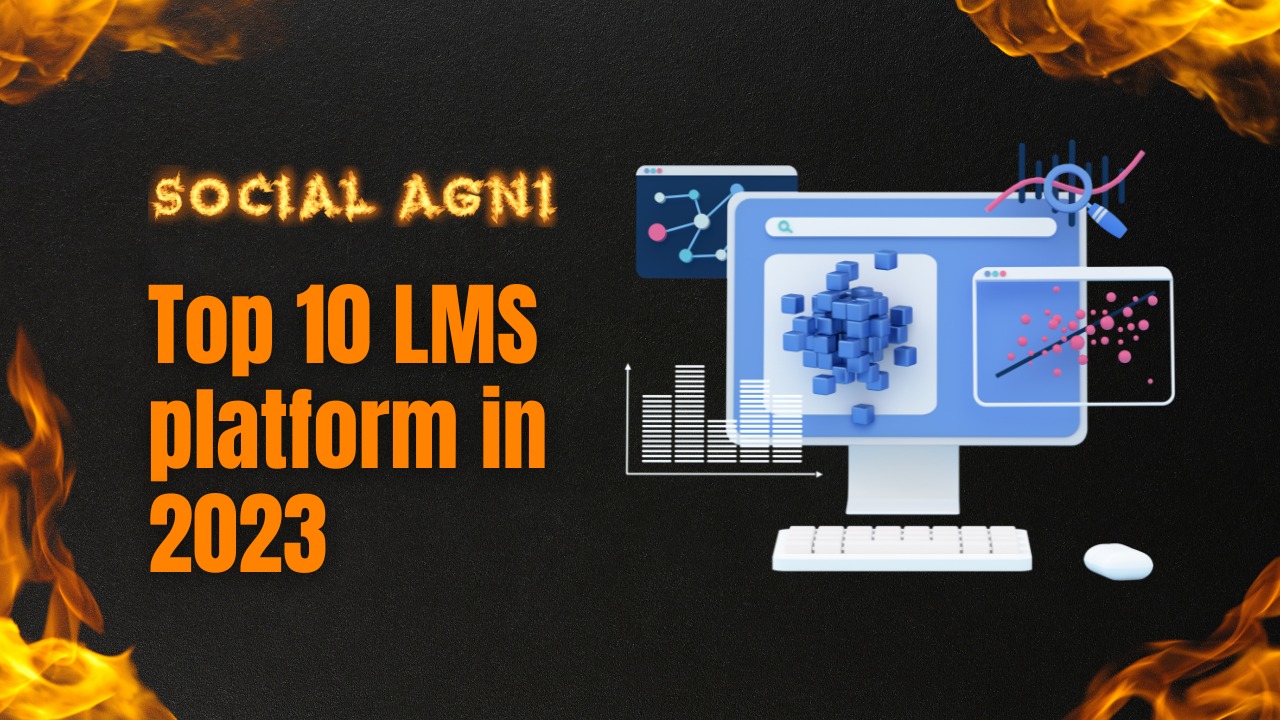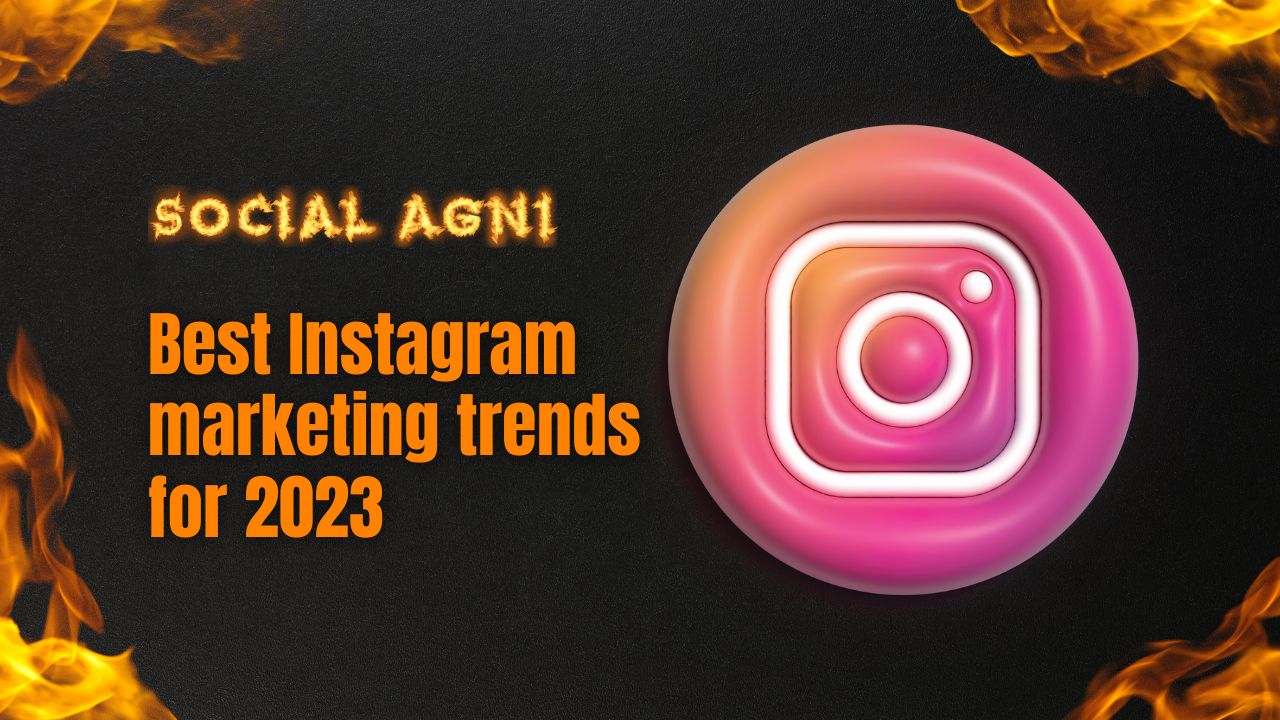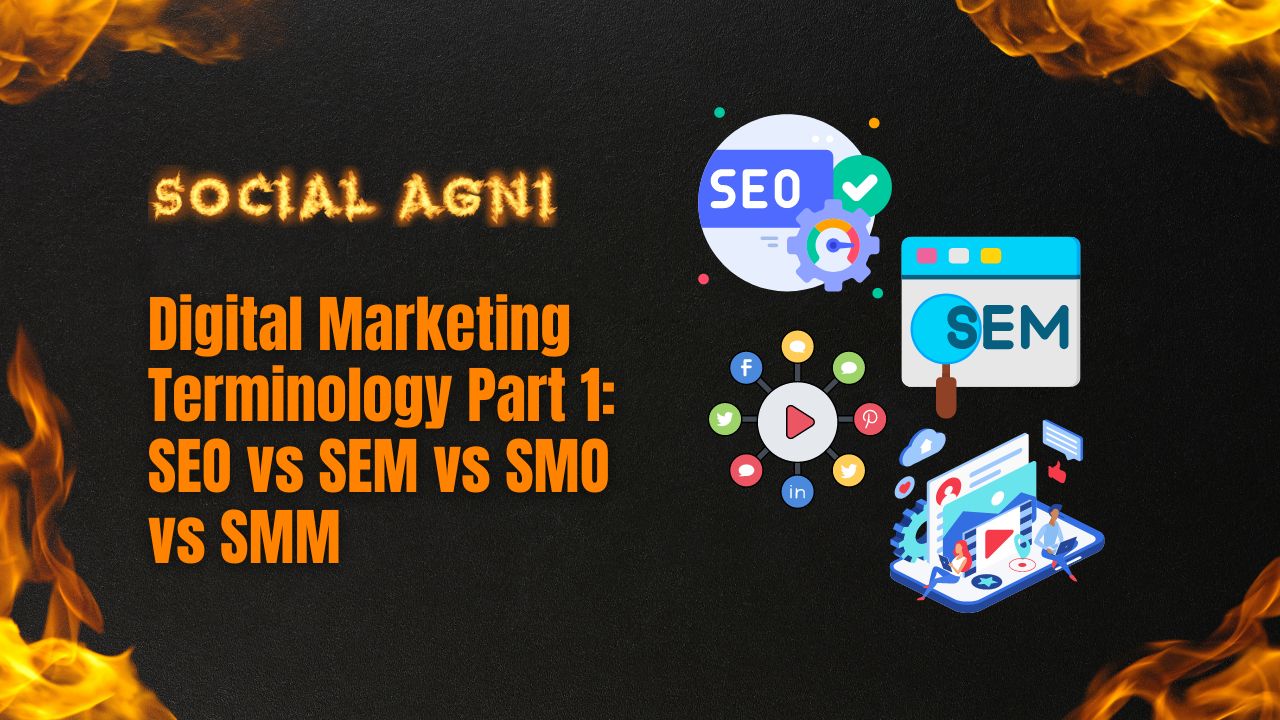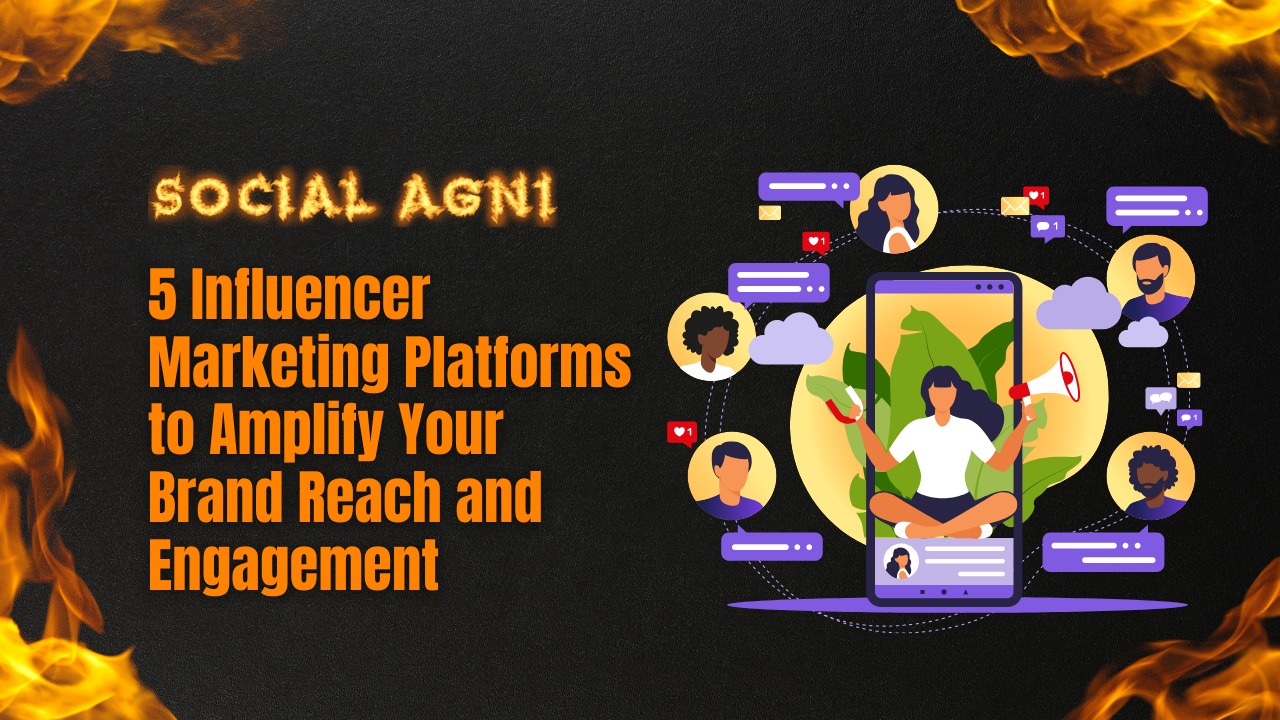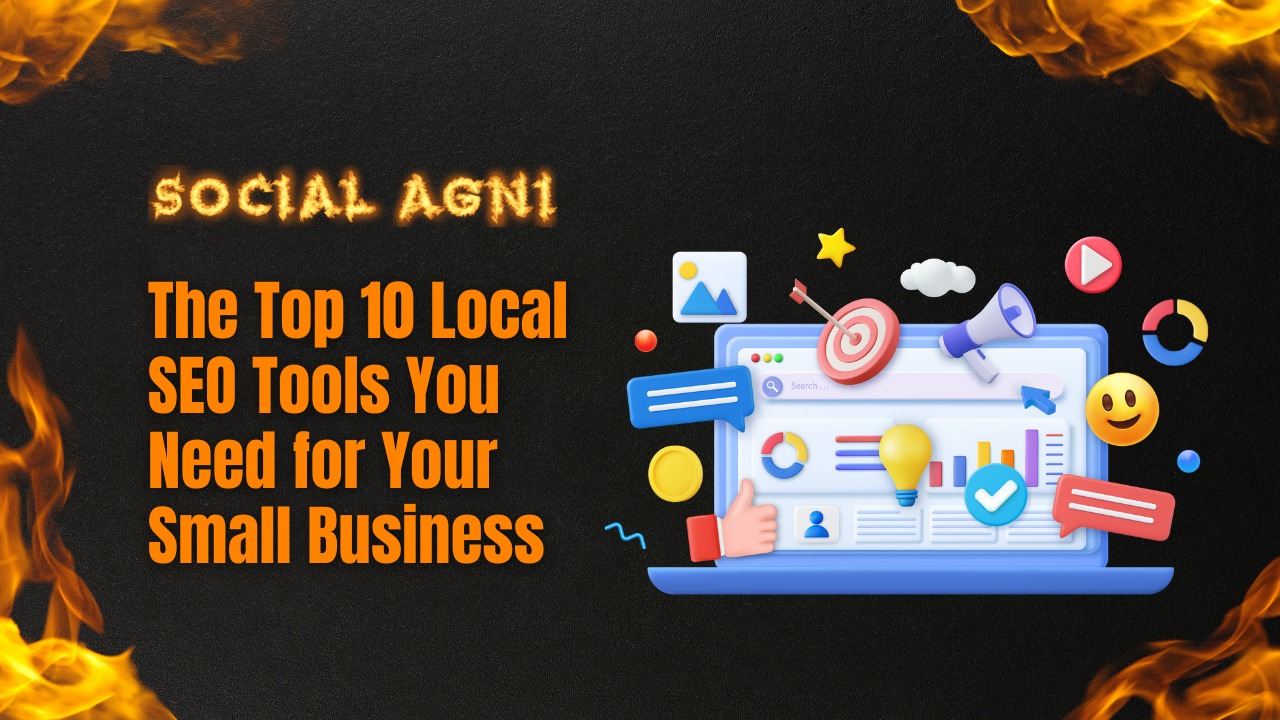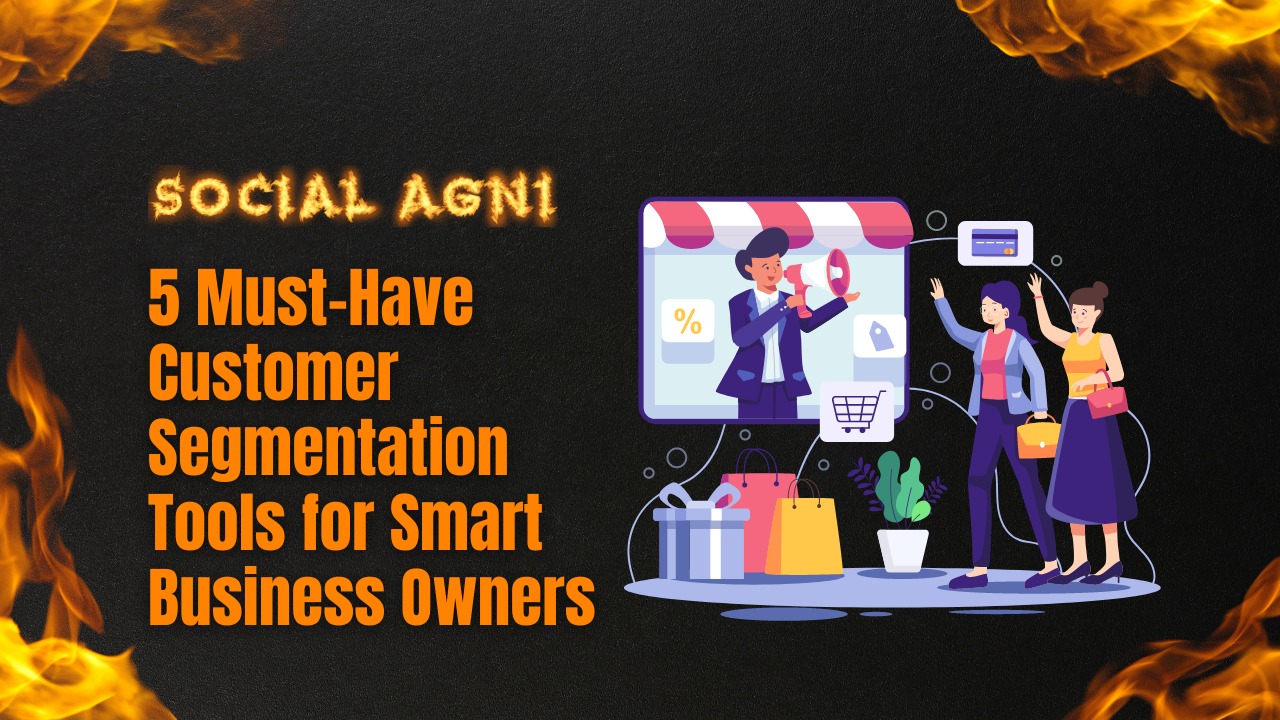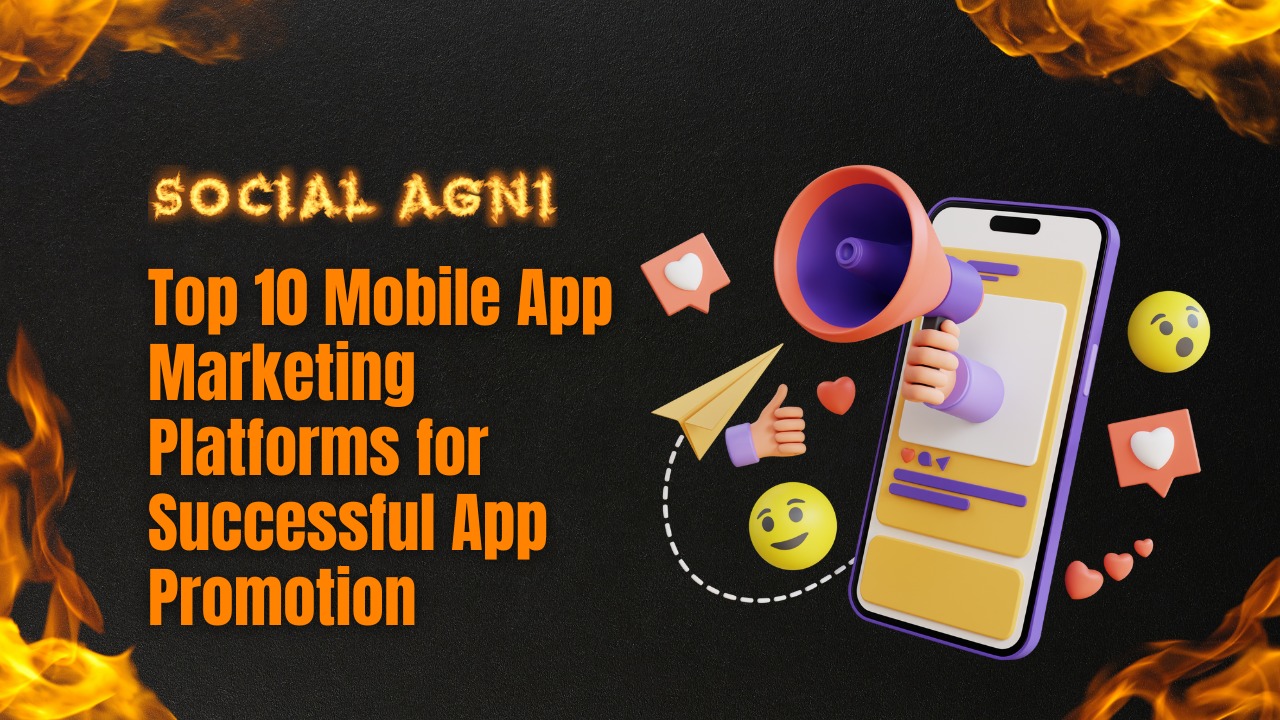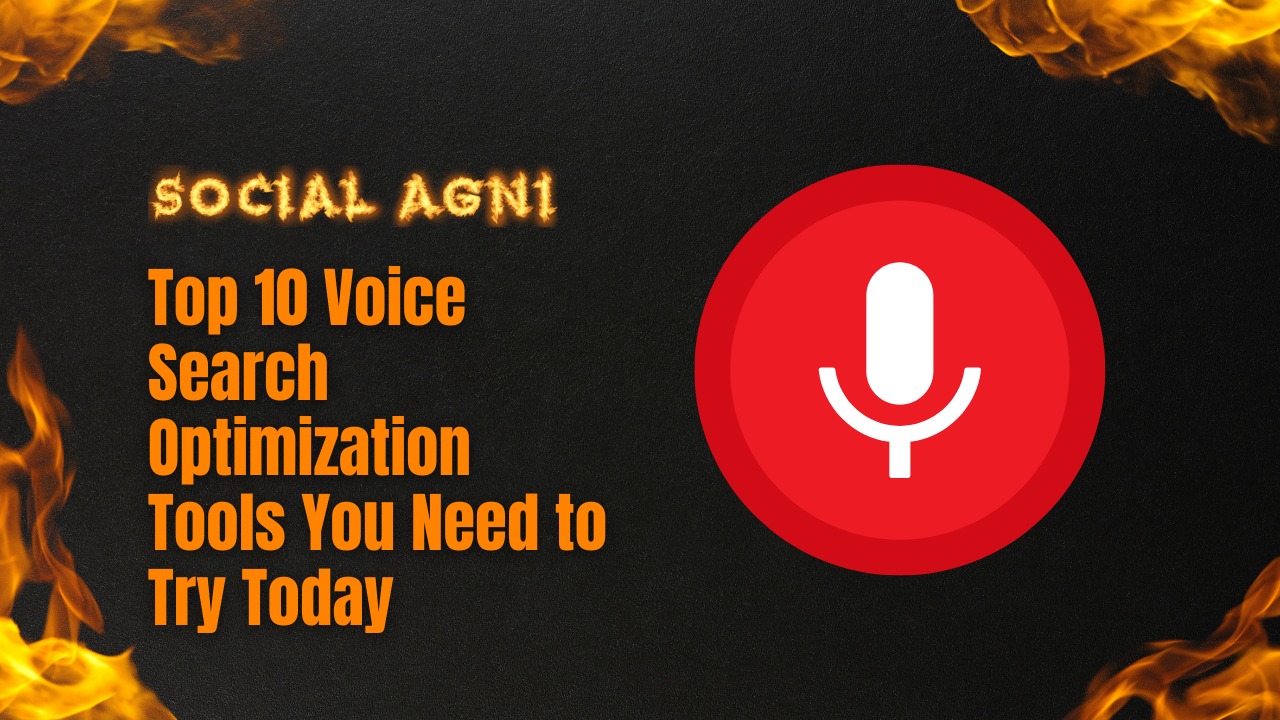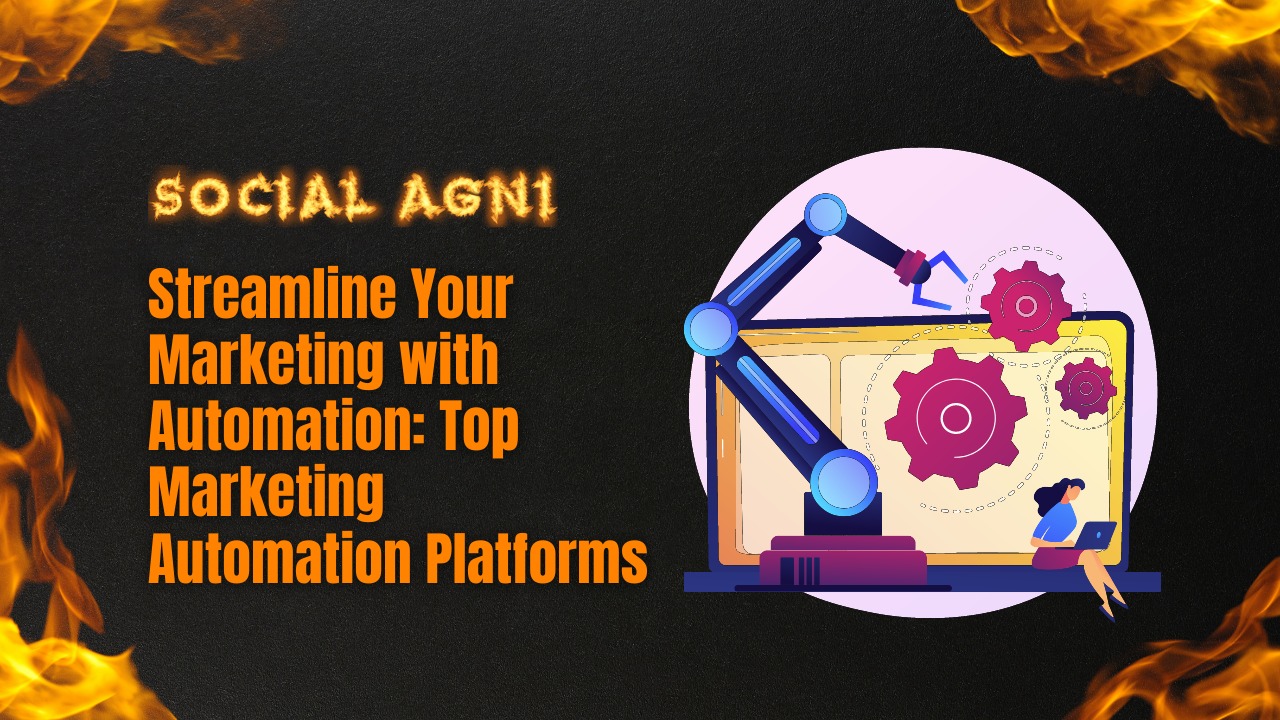Influencer marketing is now essential to brand promotion and consumer engagement. Influencers may boost brand visibility and success. Finding the ideal influencers for your aims and audience takes a methodical and planned approach. Influencer research tools transform how companies find, analyze, and work with influencers.
Influencer research identifies and analyzes influencers that match your brand’s values, specialty, and target market. It helps companies make educated decisions and build true, audience-resonant connections. Influencer research finds influencers whose online presence, content, and engagement metrics match your brand’s marketing goals to maximize cooperation.
Influencer research is crucial. These technologies help marketers and organizations locate the ideal influencers using data-driven insights. They speed up research and improve decision-making for marketers.
Influencer research tools broaden influencer discovery. These tools employ powerful algorithms and search functions to find influencers based on topic, audience demographics, engagement rates, and content preferences instead of manually searching through many social media accounts and websites.
These platforms also give statistics and performance data to help marketers assess an influencer’s impact. Audience demographics, engagement rates, follower growth, and post-performance help determine an influencer’s fit for your business and campaign. Data-driven decision-making helps companies avoid subjective judgments. We will discuss the best influencer research tools and how to choose one in the following parts. We’ll also explore influencer research best practices to help you locate the right influencers for your company.
Understanding Influencer Research
Influencer marketing relies on research. Marketers may find brand-aligned influencers that engage their target audience by understanding influencer research. This section will explore influencer research’s essential elements.
Definition and Objectives of Influencer Research
Influencer Research Definition and Objectives Influencer research is a systematic and deliberate method of discovering, analyzing, and choosing influencers who might favorably affect a brand’s marketing activities. Influencer research seeks for niche-specific influencers with the necessary audience reach, authority, and relevance. The goal is to form genuine connections that promote brand visibility, engagement, conversions, and sales.
Influencer Research Before Collaboration Benefits
Brands gain from pre-collaboration influencer research. They can
Brand alignment
By investigating influencers, companies may confirm that their values, mission, and audience match. This congruence makes the brand message more authentic and seamless in influencer material.
Improve marketing performance
Influencer research identifies authentic and engaged influencers. Influencers with active, engaged audiences are more likely to be trusted and take action, making them more valuable campaign partners.
Optimize budget allocation
Influencer study helps businesses better deploy their influencer marketing money. Brands may choose influencers with the highest ROI for their campaign goals by examining their prior performance, audience demographics, and engagement data.
Influencer Selection Criteria
To find the right influencers, consider these factors
Niche relevance
Find influencers who are well-known in your brand’s niche. Your target audience should like their material.
Demographics
Make sure an influencer’s audience matches your target market. Age, location, interests, and lifestyle are included.
Engagement metrics
Consider an influencer’s likes, comments, shares, and CTR. Engaged audiences are receptive.
Content quality, tone, and reputation Assess an influencer’s authenticity and believability. Your brand will benefit more from true influencers that connect with their audience.
The Importance of Influencer Research Tools
Influencer research tools improve efficiency, accuracy, and efficacy. These solutions simplify influencer partner detection, evaluation, and selection using smart algorithms, data analytics, and extensive databases. This section discusses why influencer research tools are essential for effective influencer marketing efforts.
Influencer Identification Improvements
Influencer research tools automate manual chores and use intelligent search to locate prospective influencers faster. These tools may instantly build a list of suitable influencers based on the theme, region, engagement rate, and follower count instead of spending hours manually scanning social media networks and websites. This saves marketers time and streamlines research.
Influencer research tools also give reliable and current influencer data. Social media, influencer directories, and influencer marketing networks provide data. This data-driven method gives marketers accurate insights and metrics for assessing influencers.
Influencer Discovery Expanded
Marketers may examine a wide range of influencers with influencer research tools. These programs include huge databases of influencers spanning sectors, niches, and social media channels. Marketers may use complex search filters and segmentation to locate influencers that fit their audience and marketing goals. This method helps businesses find new influencers and reach unexplored markets and demographics.
Influencer Metrics and Performance Analysis
Influencer research tools reveal measurements and performance. Marketers may view demographics, engagement rates, follower growth, post reach, and performance. Marketers may evaluate an influencer’s impact and efficacy using this data to choose collaborators. Marketers may find authentic, engaged influencers to spread their brand messages by examining these indicators.
Marketers may also assess several influencers with influencer research tools. This comparison helps brands find influencers that match their goals.
Top Influencer Research Tools
Several strong techniques can help marketers locate the proper influencers for their initiatives. Advanced algorithms, data analytics, and vast databases speed research and deliver useful insights. Let’s review the best influencer research tools
BuzzSumo
BuzzSumo, a popular influencer research tool, can identify influencers based on content relevancy, engagement, and social media presence. BuzzSumo lets advertisers find niche influencers, check their social media accounts, and evaluate their content. The tool shows an influencer’s reach, engagement, and demographics. BuzzSumo is also a content-finding and monitoring tool for influencer research.
NinjaOutreach
NinjaOutreach offers influencer research, outreach, and relationship management. Keywords, niches, and social media platforms let marketers find influencers. NinjaOutreach profiles influencers with audience demographics, social media analytics, and contact information. Email outreach makes connecting and working with influencers easier.
Upflow
Upfluence provides influencer finding, campaign management, and performance tracking solutions. Upfluence lets businesses find influencers by geography, follower count, engagement rate, and niche. The tool shows influencer demographics, engagement data, and prior partnerships. Upfluence has sophisticated filtering, influencer relationship management, and campaign analytics.
Heepsy
Heepsy lets marketers uncover specialty, location, engagement, and demographic influencers. Influencer profiles include the following data, engagement rates, and brand collaborations. Marketers may use advanced search filters to refine their search on Heepsy. Heepsy helps marketers track campaign effectiveness and influencer relationships with thorough analytics and reporting.
Klear
Klear provides influencer finding, audience analysis, and campaign management tools. Marketers may find influencers by interests, demographics, geography, and social media. Klear delivers detailed influencer profiles with audience demographics, engagement rates, and brand connections. Audience insights assist marketers discover an influencer’s audience’s interests, demographics, and online habits.
These are a few popular influencer research tools. Explore each tool’s features and capabilities to find the one that fits your demands and budget.
Factors to Consider When Choosing Influencer Research Tools
Influencer marketing efforts require the correct influencer research tool. With so many possibilities, it’s crucial to assess your requirements and goals. This section discusses influencer research tool selection criteria.
Usability and Interface
Assess the tool’s usability and interface. An straightforward tool with a well-designed UI makes research easy. Look for products with an intuitive dashboard, simple statistics, and a quick search and influencer profile analysis procedure.
Data Accuracy and Reliability
Check the tool’s influencer data. The tool should frequently update data from reliable sources. To guarantee your decision-making data is correct, look for technologies that provide real-time or regular data updates.
Customization and Advanced Filtering choices
Assess the tool’s choices. Influencer selection criteria vary every campaign. Look for search parameters that let you customise specialty, region, audience demographics, engagement rates, and content choices. Advanced filtering tools restrict search results and focus influencer suggestions.
Pricing Models and Value
Consider the tool’s pricing models and value. Some tools provide free or limited-feature trials, while others need a membership or one-time purchase. Determine influencer research characteristics and budget. Choose the instrument with the best price-to-value ratio.
Integration with Other Marketing Tools
Make sure the influencer research tool works well with other marketing tools. Social media management tools, CRM systems, and analytics platforms may expedite influencer marketing and enable cooperation and tracking.
Customer Assistance and Training
Assess the tool’s company’s assistance. Documentation, tutorials, and prompt customer service can assist you with research concerns.
Consider these characteristics to choose an influencer research platform that fits your needs, budget, and influencer marketing approach. Next, we’ll explore influencer research recommended practices regardless of the instrument.
Best Practices for Effective Influencer Research
Influencer research requires more than tools. It requires strategy and best practices to locate the right influencers for your brand. This section covers influencer research best practices.
Define marketing Goals and Target Audience
Before performing influencer research, set marketing goals and target audience. This clarity will help you narrow down your search parameters and focus on influencers with appropriate audiences and goals.
Use Multiple Influencer Research Tools
Instead of utilising one tool, use several. Multiple tools can give a more complete and diversified view of possible influences.
Thorough Influencer Background Checks
After identifying influencers, verify their backgrounds. Review their content, audience engagement, and collaborations. Evaluate their credibility, authenticity, and content quality. Social media listening platforms can detect influencer sentiment red flags.
Monitor and Evaluate
Influencer research is continuing. Assess influencer performance versus campaign goals. This rating will improve influencer selection and future cooperation.
Micro-Influencers and Niche Experts
Research micro-influencers and specialty expertise.
They may target influencer marketing with highly engaged specialized audiences. Brand partnerships can benefit from their genuineness and intimate audience relationships.
Build Long-Term partnerships
Influencers can benefit from long-term partnerships. Find brand-loving influencers. Maintain these relationships through communication, cooperation, and content development. Long-term relationships strengthen audience bonds and brand loyalty.
Use Influencer Agencies
Partner with influencer networks or influencer research and management organizations. These entities have large datasets, influencer relationships, and partner selection experience. They can aid you with influencer research.
These recommended practices might help you find real brand ambassadors and optimize influencer research. Adjust these practises to your aims, audience, and industry. Influencer research may help your brand succeed if done strategically and refined.
Conclusion
Influencer marketing requires study. Marketers may find brand-aligned influencers that engage their target audience by understanding the process and using the correct tools. Influencer research tools improve efficiency, accuracy, and efficacy in locating influencer partners.
This article covered influencer research’s definition, goals, and advantages. Influencer research before partnership assures brand alignment, campaign efficacy, and money allocation. We also discussed niche relevance, audience demographics, engagement analytics, and authenticity when choosing influencers. We also discussed how influencer research tools streamline the study process. These tools enable powerful search, extensive datasets, and significant analytics and insights. We covered three major influencer research tools, their features, and their benefits.
We also recommended clear campaign goals, extensive background checks, constant monitoring and assessment, and consideration of micro-influencers and specialty specialists for influencer research. Long-term partnerships and influencer networks or agencies were also stressed. Influencer research demands constant modification and refining. Marketers may create effective influencer marketing campaigns, enhance brand messaging, and meet campaign goals by using best practices and influencer research tools.
Finally, influencer research can boost a brand’s marketing. Marketers can locate the best influencer partners, engage with their target audience authentically, and achieve impressive influencer marketing outcomes by putting time and resources into extensive research and using efficient technologies.
Frequently Asked Questions (FAQS)
1. Influencer research?
Influencer research identifies and evaluates influencers for influencer marketing efforts. Analyzing audience demographics, engagement metrics, content quality, and brand alignment.
2. Influencer research—why?
Influencer research enables companies to work with influencers who can reach their target audience, fit with their brand values, and promote significant interaction. It boosts campaign ROI.
3. How can I identify brand-appropriate influencers?
Use influencer research tools, background checks, niche relevance, audience demographics, engagement rates, and prior partnerships and content to locate the perfect influencers for your company.
4. Influencer research tools?
Influencer research tools help locate, analyze, and evaluate influencers. These tools simplify research with insights, stats, and search functions.
5. What influencer metrics should I use?
Consider audience size, engagement rates (likes, comments, shares), reach, follower growth, content quality, and demographics (age, geography, interests) when assessing influencers.
6. Free influencer research tools?
Free influencer research tools offer limited functionality. Paid tools include additional data and features.
7. Is an influencer real?
Review an influencer’s content, audience engagement, consistency, and transparency to evaluate authenticity. Social media listening platforms can analyse sentiment and identify phoney followers or activity.
8. Micro- or macro-influencers?
Depending on marketing goals, choose macro- or micro-influencers. Micro-influencers have smaller, more engaged audiences than macro-influencers. Think about your audience and budget.
9. How long should I investigate influencers before a campaign?
Influencer research time depends on campaign complexity and amount of prospective influencers. To discover the appropriate partners, spend enough time researching.
10. Can I work with foreign influencers?
Yes, collaborate with international influencers. Consider language obstacles, cultural relevance, and the influencer’s market reach and impact.


